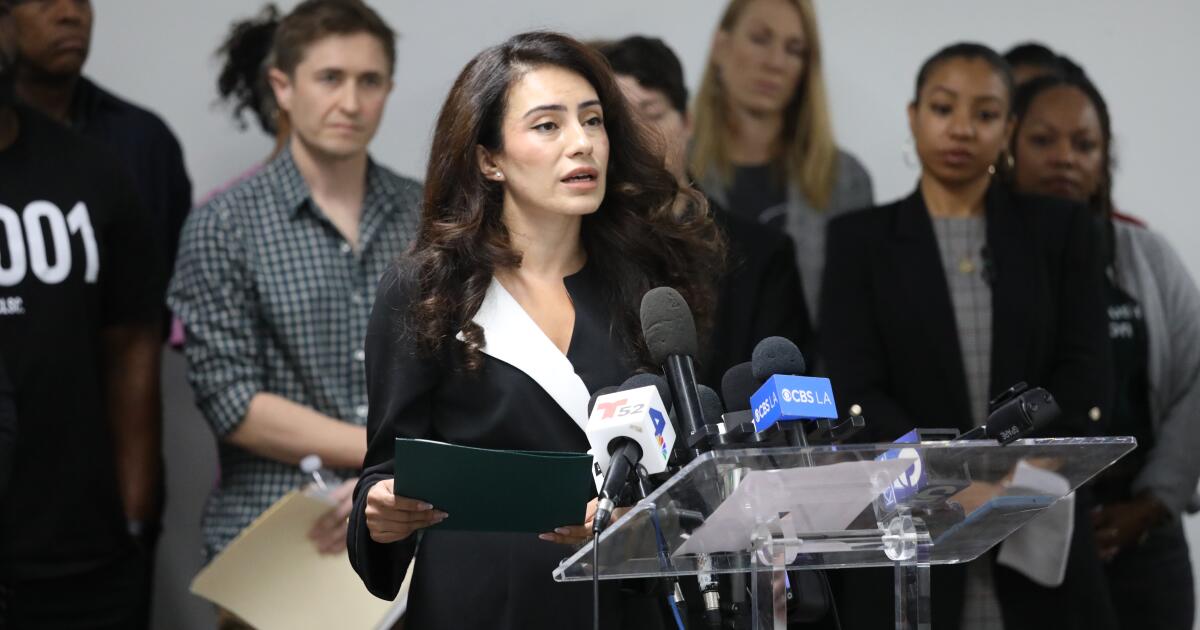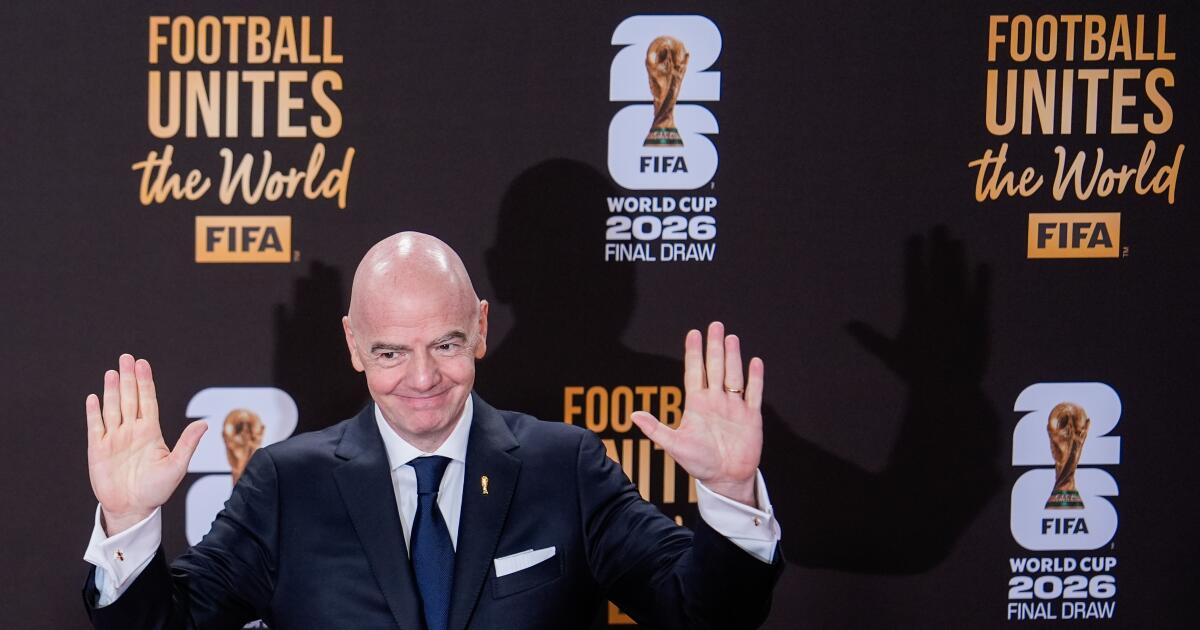World
Did USAID spend millions to make Zelenskyy Time 'Person of the Year'?

USAID has become a significant target for false claims since Trump reentered the White House, and scrutiny of the US’s support of Ukraine has intensified.
A false video is being shared widely on social media alleging that the US paid $4 million (€3.8 million) to Time Magazine to name Ukrainian President Volodymyr Zelenskyy its “Person of the Year” in 2022.
The video is often posted with captions saying that the previous US government under President Joe Biden used taxpayer money to “brainwash” citizens and “bribe the media.”
Others say that this means you can’t trust Western media because you can supposedly buy Time’s front cover “for the right price.”
The video itself says that since starting its work, President Donald Trump’s new Department of Government Efficiency, headed by Elon Musk, has discovered “huge amounts of money wasted by the government.”
In addition to the claims about Zelenskyy, the video mentions that USAID — the US’ international aid agency — gave more than $8 million to Politico, funded thousands of journalists, and siphoned off money to the Democratic Party.
The video uses the New York Post’s logo to suggest that the claims come from there, but a search of the American news outlet’s website shows that no such news story exists.
EuroVerify reached out to New York Post but hasn’t received a response as of the time of this fact check.
We can also check the handily-named website USAspending.gov, which doesn’t contain any details of payments to Time Magazine or Salesforce — the company founded by Time owner Marc Benioff.
Time named Zelenskyy and the Spirit of Ukraine as its Person of the Year in 2022, the year that Russia launched its full-scale invasion of Ukraine. It wrote at length about its rationale for doing so at the time.
USAID: a breeding ground for misinformation
USAID has become a significant target for false claims since Trump reentered the White House, and scrutiny of the US’s support of Ukraine has intensified.
The claims about $8 million for Politico for example are incorrect, because records show that USAID only paid $44,000 in subscription fees in 2023 and 2024, with additional payments coming from other government entities.
Politico also previously said in a statement to readers from CEO Goli Sheikholeslami and Editor-in-Chief John Harris that it is not getting a government subsidy.
Other media outlets have also been targeted by USAID-based misinformation: the BBC, for example, was said to have received approximately $3.2 million during the 2023-2024 financial year.
But that money didn’t go to its news operation — it went to BBC Media Action, an international charity that is “part of the BBC family”, but editorially and financially separate from BBC News, the charity said in a statement. It accounted for about 8% of BBC Media Action’s budget that year.
“We follow the BBC’s editorial standards and values in our support for public interest media,” reads the statement. “However, all of our funding goes to our own projects. These are completely separate from the journalism of BBC News. We have no influence over the editorial decision-making of BBC News. The BBC in the UK is mostly funded by a TV Licence fee.”
The BBC — not including BBC Media Action, which is a separate entity — also earns income from the organisation’s commercial subsidiaries.
The Associated Press was also among the media outlets said to receive USAID funding. Although the news wire has been paid $37.5 million by other government agencies since 2008, none of that came from USAID, according to federal government statistics.
AP spokeswoman Lauren Easton said that “the US government has long been an AP customer — through both Democratic and Republican administrations. It licenses AP’s nonpartisan journalism, just like thousands of news outlets and customers around the world. It’s quite common for governments to have contracts with news organisations for their content.”
It’s not just the media being targeted: White House press secretary Karoline Leavitt said to reporters in February that USAID had spent “$1.5 million to advance DEI (Diversity, Equity and Inclusion) in Serbia’s workplaces; $70,000 for the production of a DEI musical in Ireland; $47,000 for a transgender opera in Colombia, $32,000 for a transgender comic book in Peru.”
The claims quickly spread widely on social media throughout the week, but only the grant to a Serbian organisation called Grupa Izadji was awarded by USAID. Its stated aim is to “to advance diversity, equity and inclusion in Serbia’s workplaces and business communities.”
The rest were awarded by the State Department’s Office of the Under Secretary for Public Diplomacy and Public Affairs.
In 2022, it granted $70,884 to an Irish company for “a live musical event to promote the US and Irish shared values of diversity, equity, inclusion, and accessibility.”
A grant for $25,000 was awarded in 2021 to a university in Colombia “to raise awareness and increase the transgender representation” through the production of an opera, with an additional $22,020 coming from non-federal funding.
Another $32,000 awarded in 2022 to a Peruvian organisation funded “a tailored-made comic, featuring an LGBTQ+ hero to address social and mental health issues.”
Experts told AP that it made sense that these programmes were funded by the under secretary’s office, because they’re supposed to reflect values of the US, such as diversity and democracy, and the friendship between the countries.
As recent global events force the spotlight on how much money Europe and the US send abroad, it’s crucial that the public is correctly informed.

World
Thousands of dinosaur footprints discovered on rock faces in northern Italy
Thousands of dinosaur footprints have been found in a national part in northern Italy known as the Parco Nazionale dello Stelvio Branchi.
Experts say they are from enormous herbivores that lived there 210 million years ago in the Triassic period.
World
Sporticast 510: The Sordid Saga of a Legends’s Former Mansion

On the latest Sporticast episode, hosts Scott Soshnick and Eben Novy-Williams discuss some of the biggest sports business stories of the week, including the latest in a strange sports real estate story.
In 2012, Michael Jordan listed his Bulls-era mansion outside Chicago for about $29 million, or $41 million in today’s dollars. It took more than a decade and multiple price drops for the home to sell, which it did late last year for $9.5 million. The buyer, a partner in a local real estate firm, has since tried multiple ways to monetize the property. Initially he tried to sell timeshares for $1 million each, but that plan was thwarted by the local town council. He’s back in front of that same council this week, seeking approvals related to his next plan: to build a “multi-sensory experience focused entirely on personal transformation.” The tourist attraction would require the use of a parking lot on an adjacent nature preserve.
Next the hosts discuss major upset in college sports. Nebraska’s women’s volleyball team, the top seed in this year’s NCAA tournament, was upset by Texas A&M in the quarterfinals. Riding a wave of volleyball commercial growth, the Huskers spent more on the sport than any other public school in the country, according to numbers from Sportico‘s college finance database. The team reported $2.57 million in ticket sales during the 2023-24 school year, the third highest total for any women’s team at any public school in the country, trailing only Iowa and UConn women’s basketball.
They close by taking about the Big 12‘s proposed private equity plan. A few days after Big 12 member Utah laid out its own on-campus capital ambitions, Sportico reported that the Big 12 is in talks to set up what essentially amounts to a credit facility for its members via a potential partnership with RedBird Capital-backed Collegiate Athletic Solutions.
(You can subscribe to Sporticast through Apple, Spotify, or wherever else you get your podcasts.)
World
Bystanders seen confronting Australian gunman during ISIS-inspired deadly rampage

NEWYou can now listen to Fox News articles!
Bystanders were seen on video confronting a gunman before his ISIS-inspired deadly mass shooting at Bondi Beach in Sydney, Australia, could begin.
Despite their efforts to disarm him, the gunman eventually overpowered the two bystanders and killed them, according to authorities.
The bystanders were later identified as Boris and Sofia Gurman, according to the Sydney Morning Herald. The outlet reported that the Gurmans were walking by as they saw the assailant exiting a vehicle. Though Boris had the upper hand for a moment after picking up the shooter’s rifle, the attacker allegedly picked up another rifle during the confrontation and fatally shot the couple, making them the first victims of the massacre.
“We are heartbroken by the sudden and senseless loss of our beloved Boris and Sofia Gurman,” the family said in a statement on Tuesday afternoon, according to the Sydney Morning Herald. “While nothing can lessen the pain of losing Boris and Sofia, we feel an overwhelming sense of pride in their bravery and selflessness.”
RABBI KILLED IN SYDNEY HANUKKAH ATTACK HAD WARNED AUSTRALIAN PM ABOUT RISING ANTISEMITISM
Bystanders were seen confronting one of the gunmen behind the deadly attack on a Hanukkah celebration at Australia’s Bondi Beach. (Jenny/Reuters)
In the video, obtained and verified by Reuters, an eyewitness replaying the dashcam footage recalls how the incident unfolded.
“You see the shooter here — he fired shots from here, shooting from here. And then look, this guy went and tackled him (shooter), knocking him to the ground. At that point, he had already grabbed the gun,” the witness, who was speaking in Mandarin, said in the video, according to a Reuters translation.
Authorities have identified the shooters as a father, 50, and a son, 24. The father was killed at the scene, while the son was shot by police and taken to the hospital in critical condition. Australian authorities also said that the shooters had improvised explosives and homemade ISIS flags in their vehicle.
On Sunday, the pair opened fire on families celebrating Hanukkah at Bondi Beach, killing 15 people and leaving more than two dozen injured. The Australian government is investigating the incident as a terror attack targeting the Jewish community.
GAL GADOT, ASHTON KUTCHER CONDEMN ANTISEMITIC TERROR ATTACK AT BONDI BEACH HANUKKAH EVENT
Police teams take security measures at Bondi Beach in Sydney, Australia, on Sunday after a terrorist attack targeting the Jewish community during the first night of Hanukkah. ( Claudio Galdames A/Anadolu via Getty Images)
During the deadly rampage, another bystander, Ahmed al Ahmed, an Australian immigrant, wrestled a gun away from one of the shooters. His attorney said that Ahmed does not regret intervening, despite being “riddled with bullets” and in intense pain.
“He doesn’t regret what he did. He said he’d do it again. But the pain has started to take a toll on him,” Ahmed’s attorney, Sam Issa, told The Sydney Morning Herald. “He’s not well at all. He’s riddled with bullets. Our hero is struggling at the moment.”
The outlet reported that Ahmed has undergone his first round of surgery and that Issa fears the hero bystander may lose his left arm.
“He’s a lot worse than expected. When you think of a bullet in the arm, you don’t think of serious injuries, but he has lost a lot of blood,” Issa said.
President Donald Trump praised Ahmed for his actions, calling him “a very, very brave person” and saying that he has “great respect” for him.
People attend a floral memorial in honor of the victims of a mass shooting that targeted a Hanukkah celebration on Sunday, at Bondi Beach, in Sydney, Australia, Dec. 16, 2025. (Flavio Brancaleone/Reuters)
CLICK HERE TO DOWNLOAD THE FOX NEWS APP
The Bondi Beach attack is the worst mass shooting Australia has seen since the country implemented sweeping reforms after a shooter killed 35 people in Port Arthur, Tasmania, in 1996. Following the Bondi Beach attack, Australian leaders have vowed to strengthen the country’s already restrictive gun laws.
Prime Minister Anthony Albanese announced several proposed actions, including limiting the number of guns one can possess.
“The government is prepared to take whatever action is necessary. Included in that is the need for tougher gun laws,” he said after meeting with his National Cabinet.
Fox News Digital’s Louis Casiano, Bradford Betz and Alex Nitzberg contributed to this report.
-

 Washington1 week ago
Washington1 week agoLIVE UPDATES: Mudslide, road closures across Western Washington
-

 Iowa2 days ago
Iowa2 days agoAddy Brown motivated to step up in Audi Crooks’ absence vs. UNI
-

 Iowa1 week ago
Iowa1 week agoMatt Campbell reportedly bringing longtime Iowa State staffer to Penn State as 1st hire
-

 Iowa3 days ago
Iowa3 days agoHow much snow did Iowa get? See Iowa’s latest snowfall totals
-

 Miami, FL1 week ago
Miami, FL1 week agoUrban Meyer, Brady Quinn get in heated exchange during Alabama, Notre Dame, Miami CFP discussion
-

 Cleveland, OH1 week ago
Cleveland, OH1 week agoMan shot, killed at downtown Cleveland nightclub: EMS
-
World1 week ago
Chiefs’ offensive line woes deepen as Wanya Morris exits with knee injury against Texans
-

 Minnesota1 week ago
Minnesota1 week agoTwo Minnesota carriers shut down, idling 200 drivers
























